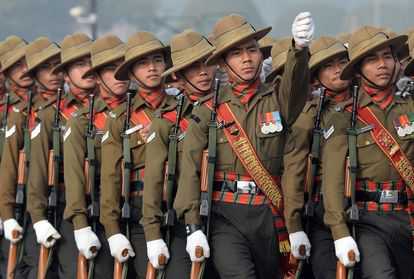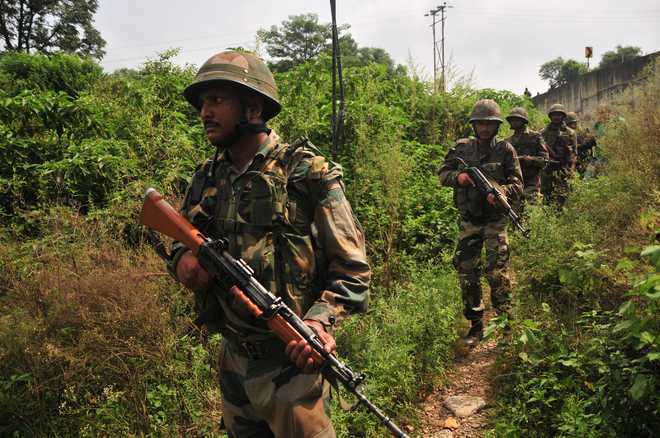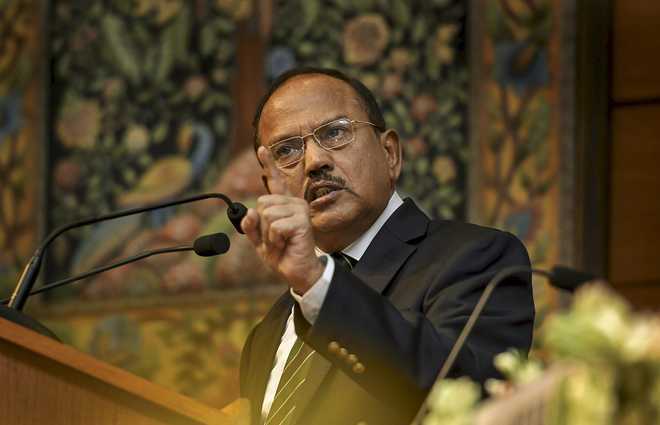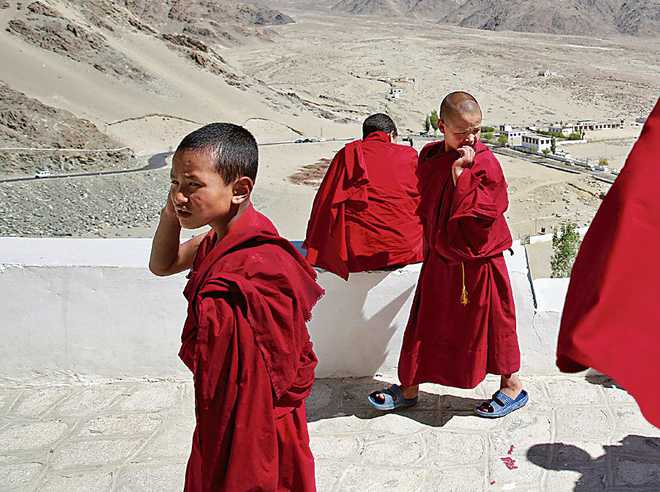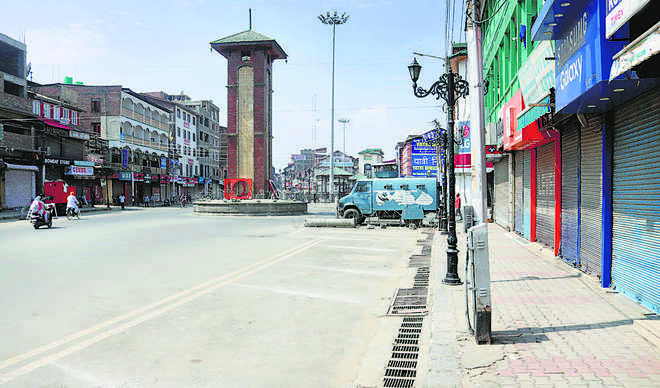It is for my Ladakhi friends to note how and how much such ventures in the absence of a holistic model have eroded Nepal’s heritage and culture, besides immeasurably scarring her ecology. In contrast, the near-absence or selective intrusion by tourism and business conglomerates in Bhutan has preserved and even enhanced the self-esteem of its people and its overall well-being.
Guide for ladakhis: Wisdom emanating from Chief Seattle’s response to ‘The Great White Chief’ in Washington in the 19th century.
t
Dear friends, I understand and appreciate your sense of elation on the prospect of becoming part of a Union Territory shortly and at the opportunity of transforming Ladakh into an all-encompassing region of your dreams. But in this moment charged with stupendous excitement, it is but human to make hasty choices which may well trivialise Ladakh’s ancient civilisation, irretrievably. I am least qualified to suggest how you may shape your future, but I do have a copy of a letter provoked under similar circumstances from the history of the US, which is perhaps a very pragmatic guide for Ladakhis in all walks of life, both at this juncture and for the future.
Back in the 19th century, 1854 to be precise, US President Franklin Pierce had made an offer to one of the leaders of a Native American tribe, Chief Seattle, that if he were to make over a large area of native land to the US Government, they will transform it into a modern ‘reservation’ for the ‘Indian people’, much like the promise of ‘development’ presently held out for UT Ladakh by the J&K State Reorganisation Bill. So, when business conglomerates move in to look for land for myriad development infrastructures, the wisdom eradiating from Chief Seattle’s response to ‘The Great White Chief’ in Washington deserves your total attention:
“…This earth is sacred to my people. Every shining pine needle…and humming insect is holy in the memory and experience of my people…he wishes to buy our land, he asks much of us. The Great Chief sends word he will reserve us a place so that we can live comfortably to ourselves… He will be our father and we will be his children. So we will consider your offer… But it will not be easy. For this land is sacred to us… We are part of the earth and it is a part of us. The perfumed flowers are our sisters; the deer, the horse, the great eagle, these are our brothers. The rocky crests, the juices in the meadows, the body heat of the pony, and man — all belong to the same family. Man did not weave the web of life, he is merely a strand in it…and to harm the earth is to heap contempt upon its Creator.”
Besides Leh, there would be at least another dozen settlements with a sizeable population to classify as townships which the conceptualisers of the development module may wish to upgrade to mini “Smart” towns. The merchants of this transformation may have an idea of the impact on the fragile ecology of the trans-Himalaya, but even so, they are unlikely to divulge it to you. And left to yourselves, it will not be easy to crystal-gaze its full ramifications. Yet, the onus is upon you and you alone to be alive to the potential negative impacts on your pristine heritage and lifestyles, for the generations to come. Surprisingly, Chief Seattle had a clear vision how the idea of the ‘reservation’ will rob them of their centuries-old emotional, spiritual and aesthetic rhythms of a symbiotic lifestyle:
“Our ways are different from your ways. The sight of your cities pains the eyes of the red man. But perhaps it is because the red man is a savage and does not understand. There is no quiet place in the white man’s cities. No place to hear the unfurling of leaves in spring, or the rustle of an insect’s wings. But perhaps it is because I am a savage and do not understand. The clatter only seems to insult the ears. And what is there to life if a man cannot hear the lonely cry of the whippoorwill or the arguments of the frogs around a pond at night?…. The Indian prefers the soft sound of the wind darting over the face of a pond, and the smell of the wind itself, cleansed by rain or scented with the pine cone. One portion of land is the same to the white man as the next, for he is a stranger who comes in the night and takes from the land whatever he needs… He treats his mother, the earth, and his brother, the sky, as things to be bought, plundered, sold like sheep or bright beads. His appetite will devour the earth and leave behind only a desert.”
Two days post the announcement of the Reorganisation Bill, one of the prime TV channels had two senior representatives from India’s business multinationals to give us an idea of what potential for development they had in mind. I, for one, was left aghast by their terse and infantile pronouncements: simply tourism and IT ventures.
Now, it is for my Ladakhi friends to note how and how much such ventures in the absence of a holistic model have eroded Nepal’s heritage and culture, besides immeasurably scarring her ecology. But on the other hand, how in Bhutan, the near-absence or selective intrusion by tourism and business conglomerates has preserved and even enhanced the self-esteem of its people and the country’s overall well-being.
Not so long ago, from my experience in Ladakh, there were several vast open plains of unique composite landscapes comprising three earthly elements under clear blue skies, namely, sand, water and solid rocky ridges topped by snow all the year round. And in one such stretch (Mahe to Hanle and Fukche), the whole of it bisected by the perennial, rippling blue waters of the mighty Indus river. But above all, together these landscapes represented a showpiece slice of the ‘Living Planet’, dotted partly with black-necked cranes, ibisbills, golden eagles, Tibetan antelopes/chirus, blue sheep, marmots (once even a streaking flash of a snow leopard) and occasional scatterings of the Alpine flowers, an odd solitary blue poppy, but more often, larger assemblages of aster, gentiana, dianthus etc.
So, lest we diminish and destroy such precious heritage, let us take heed of Chief Seattle’s concerns:
“…shining water that moves in the streams and rivers is not just water but the blood of our ancestors…each ghastly reflection in the clear water of the lake tells of events and memories in the life of my people. The water’s murmur is the voice of my father’s father. The air is precious to the red man, for all things share the same breath: the beast, the tree, the man… So we will consider your offer… will make one condition. The white man must treat the beasts of this land as his brothers. What is man without the beasts? If all the beasts were gone, man would die from a great loneliness of spirit. For, whatever happens to the beasts, soon happens to man. All things are connected.”
I conclude my letter, friends, by reproducing the dedication from the book Birds & Mammals of Ladakh by Otto Pfister: ‘To the people of Ladakh, Om Mani Padme Hum!’














